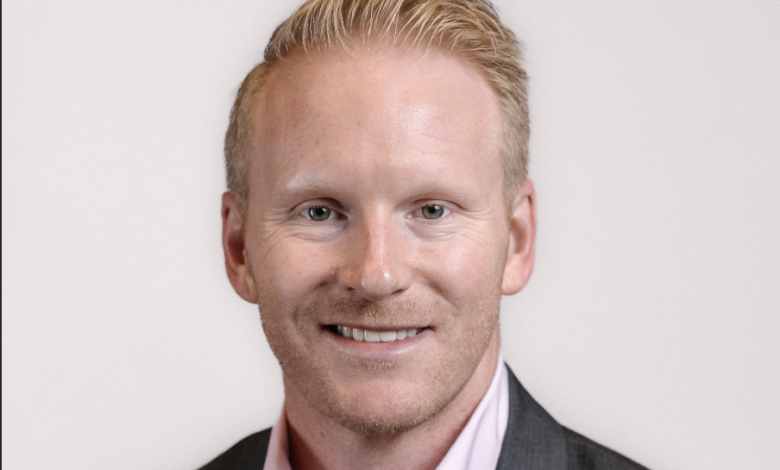
Engaging with Executives: Choice Hotel International’s Matt McElhare
By David Berman | October 6, 2023
Our Engaging with Executives series consists of one-on-one Q&As with executives around the hospitality industry, breaking down recent trends and news in their companies and the industry as a whole.
Today’s interview is with Matt McElhare, senior director of extended stay brands for Choice Hotels International. McElhare started his career as a project engineer at Jacobs, a Fortune 500 engineering firm. He also worked in sales and marketing for almost 4 years in the company. McElhare came to Choice through his consultant role at MorganFranklin Consulting, as he was assigned to Choice’s extended stay efforts. After loving his time working with Choice, he joined the company in 2018 and started his current role 3 years later.
In this Q&A, McElhare discusses the growth of the extended stay segment in recent years as well as Choice’s individual expansion in that space.
Hotel Interactive: Give me an overview of the extended stay space from your perspective.
Matt McElhare: This is the way I think about extended stay; effectively, you’ve got a continuum where on one end it’s price, and then the higher the price point, the more extended stay looks like the rest of the hotel industry. The lower the price point, the more it’s something different. It’s kind of a hybrid asset between a multifamily, apartment style asset and a hotel because the length of stay is much longer. So the guest is making a decision that looks a bit different than the typical three or four night business traveler, or three or four night leisure traveler. Our portfolio is concentrated in economy and midscale extended stay. It’s really core midscale, and I’ll talk to you a little bit about why I think there’s a delineation there. But effectively, we’re focused on what we think is more true extended stay, where you’re getting a significant amount of your business from guests that are staying at least seven nights, and often staying weeks, potentially even months.
The way we have organized our portfolio, we have four brands. In economy, we have our WoodSpring Suites brand, which Choice acquired in 2018. It’s our flagship. It’s our largest brand. It’s one of the highest performing brands in the industry. I don’t think we can say (that) definitively, but we outperform the economy extended stay category. We’ve won the JD Power Award for guest satisfaction two years in a row. The brand does a 60% profit margin. So it’s an incredibly successful brand, and it’s a brand that we’re seeing a lot of growth and a lot of interest in.
Also in economy, we have our Suburban Studios brand. The way we’ve organized them, WoodSpring is pure new construction, and it’s targeted towards larger institutional investors. They’re going to professionally manage the hotels. Then Suburban is all conversion, and it’s targeted at existing hotel owners that may or may not have an extended stay hotel in their portfolio. We have a kitchen in a box design module that we created, and we used that as part of the repackaging of Suburban when we relaunched it last March at the HUNTER (Hotel Investment) Conference. Effectively, it makes it easy, efficient (and) inexpensive to convert from a traditional hotel into an extended stay hotel, basically. There’s so much interest in doing that because extended stay has performed so well over the last few years, particularly during COVID, and you’ve got all these hotel owners that have solid assets in good extended stay markets. It allows them to switch gears and potentially drive better profitability and performance for their hotel. That’s the economy (segment).
In midscale, we have the same delineation between new construction and conversion. Our new construction brand is Everhome Suites. We launched it in January of 2020. Great timing (laughs). At the time, it was the first new brand launched in midscale in 10 years. Home2 Suites was the last, which was launched I think in 2009. And what it was meant to do effectively was split the difference between a WoodSpring and a Home2, because most of the supply growth in midscale had been really Towneplace Suites and Home2, which are upper mid scale. Everything that was in mid scale was all dated. 50% of the product in that space is over 10 plus years old. 40% is over 15 years old. So we saw an opportunity to introduce something new there that could kind of fit in that white space. We’ve got 12 hotels under construction in Everhome. It’s really starting to get momentum now. We will have likely 15 hotels open by the end of next year, which I think is interesting because we’ll effectively have 15 hotels open before any of the new competition that has launched. I think that’s important for us because we feel like we’re gonna be able to prove our concept quicker than the other competitors.
Then MainStay is our conversion brand. We’ve doubled MainStay since 2018. It’s a conversion-focused brand, and what we’ve done is really streamline the operating model. We’ve gotten some larger portfolios of those over the years, but really, we’ve tried to create multiple entry points into the space, which is awesome right now because new construction is challenging with higher construction costs (and) higher interest rates. The conversion side, in some cases, is an easier way to add supply and take advantage of the opportunity in extended stay, which I think is incredible.
HI: You mentioned before that the extended stay segment did pretty well during the pandemic and better than a lot of other segments. That’s something I’ve heard from other people in extended stay. Could you talk a little bit about the growth that the segment has seen since the pandemic and what factors you think are contributing to that growth?
MM: The pandemic, I think, put the spotlight on extended stay, but I would say that those that were in the space already kind of understood that it had highly resilient demand. The reason I would say that is, it’s very non-discretionary. We’re on Zoom right now, and we were probably on Zoom a lot in 2020-2021. The types of business travelers that cannot work on Zoom because they’re working with their hands — they’re blue collar trades, they’re healthcare professionals, the folks that do the logistics work — they were the people that were actually traveling in 2020 and 2021 out of necessity, but they’ve always been the guest that stayed in extended stay. So it’s demand that’s always on. I think that’s a piece of it, but that’s always been the case, and even in 2008/2009, extended stay had demonstrated really significant resiliency. During COVID, it just further solidified that this is something truly different than a regular hotel.
Why I think there’s been so much growth is, part of it is performance fundamentals and folks looking at that and saying, “Hey, I have eight traditional hotels that I saw experience a lot of distress over the last couple of years. Maybe I need to create a little bit of a hedge against my portfolio, and I need to add some extended stay.” That’s one piece of it. I think the other piece is, and it’s really interesting, is that there’s just such a supply (and) demand imbalance. About 20% of all U.S. lodging demand is for seven or more nights stays, but only about nine or 10% of supply is extended stay supply. So you’re talking about a massive imbalance that’s gonna take a pretty long period of time to bring it to equilibrium.
You think about it, on top of that, you’ve got these trends in terms of infrastructure investment, which could add 50 to 100 million room nights. It’s like every macro trend that you see in the news is likely going to drive more extended stay demand. So there’s such a runway to add supply, and I think that’s the number one reason why you see so many folks that are looking to grow in the space. Then on the flip side, (it’s) why there are so many brands that are being created to target this particular part of the industry.
HI: I’d love to hear a little bit more about openings for Choice’s extended stay brands in the last year or so. What has that growth looked like brand-to-brand?
MM: Let’s start with economy. We’ve opened 20 WoodSpring hotels this year. That’s about 10 to 15% of our system. So we’re still seeing significant growth in that brand, even though it’s new construction, even though it’s difficult to access financing that makes sense and to build at the cost levels that we’re seeing with some of the inflationary pressure there, we’re still seeing very steady growth in WoodSpring from a new construction perspective. I mentioned Everhome, we opened our first in August last year. We’ll have our second open in Newnan, Georgia, late this year or early next year. But again, we’ll have probably 13 or 14 openings next year, which means those are projects that are getting financed in this environment, and they’re getting built in this environment. There’s no doubt (there are) headwinds on the new construction side as we look forward.
On the conversion side, I think it’s really interesting. We relaunched Suburban at HUNTER in March of 2022. So call it a year and a half ago, we were at 69 hotels. We are approaching 100 hotels. That’s a lot of the traditional hotels to extended stay hotels. So I would say we’ve seen significant growth in our conversion brands, steady momentum in our new construction brands, and as a company, we’re projecting 15% annual growth in our extended stay portfolio for the next five years. So it’s a growth driver for the company.
I think the one thing that’s interesting is having a brand that has a proven prototype, proven performance, and also importantly, a proven exit like WoodSpring, I think that helps when you’ve got banks that are trying to limit their commercial real estate financing. They look at that as more of a proven thing to underwrite versus new brand concepts, and so we feel like we have a chance over the next 18 months to really expand our lead in the space, which I do think we have right now. Another statistic that’s interesting in economy is at the end of last year, we accounted for 95% of all rooms under construction in economy extended stay. And that’s all WoodSpring. So it’s in a very significant leadership position within the industry.
HI: Shifting a little bit to the guest side, have you found that expectations for what an extended stay property looks like have changed in the last couple years, especially post pandemic? What do guests really want to see at a place where they’re going to be for a week or more?
MM: So there are two ways to answer that. The first is what guests are not looking to see. Providing heavy F&B, i.e. free breakfast; a lot of food based amenities is not a guest expectation for the extended stay guests. We looked at this really closely when we were getting ready to open our first Everhome. We found that effectively 80% of guests that are staying at least seven nights expect to prepare their own breakfast in the kitchen in their room all or most days. The other 20%, it was a small fraction of those guests that indicated that it would impact their likelihood to stay if there wasn’t a free breakfast. So I think that’s an interesting piece, and it really gets to, if you’re getting the true extended stay guest, they are not looking for the same things that a traditional low length of stay guest is looking for. So you can make the operating model much more efficient if you’re getting the right guest without impacting guest satisfaction.
The other piece of it that we found is, when you’re picking an apartment or picking somewhere where you’re gonna stay for a bit, it’s about livability. So folks are looking for hotels that are proximate to where they need to go or have easy access to a major traffic artery so they can get to and from quickly or close to a grocery store. It’s livability that matters. So that’s all about where you locate your hotels, and then the other piece is they want amenities that give them the opportunity to get out of the room. So what we’ve done, we make sure that we have fitness centers that are more modern, in all of our midscale hotels. Guest laundry is critical, and then we’ve provided, especially in mid scale, sort of a third space. We have an outdoor patio area, an enclosed turf space where you can play cornhole or yard games with some grills and a fire pit. So we found that that’s really what guests are looking for more so than the high touch, labor intensive types of services that you’d see at other hotel chains.
HI: What goals does Choice have for the extended stay segment? What are you looking to do for the rest of the year and beyond?
MM: I think our big picture goal is that we want to be the leader in extended stay. We feel like we’re early, and obviously there’s competition, but we know that if we continue to focus on the things that are most important for extended stay, that we will be successful in maintaining a leadership position in this space. So we will continue to invest in the things that matter. We have 60 people currently at Choice that are only focused on extended stay. Going back to when I started as a consultant we had one person. So we’ve effectively gone from one to 60 in five years. But continuing to look for opportunities to support our owners from the front end, whether it’s site selection, picking the best markets, all the way through helping them perform better and helping drive sales in their hotels. Doing that with an extended stay focus is what our goal is.
I’d say something that’s a little bit more unique is, I think technology is going to play a big role in helping make the hotels more efficient to operate. Hoteliers are still having difficulty finding adequate staffing. It’s definitely moderated relative to where it was previously, but there are always opportunities if you can help the staff focus on the guest by automating or using technology to solve some common operational challenges. I think ultimately those that embrace innovation and find ways to solve operational challenges for extended stay will really differentiate themselves from the competition, and that’s where our focus is as we go forward.
This interview has been lightly edited for length and clarity.


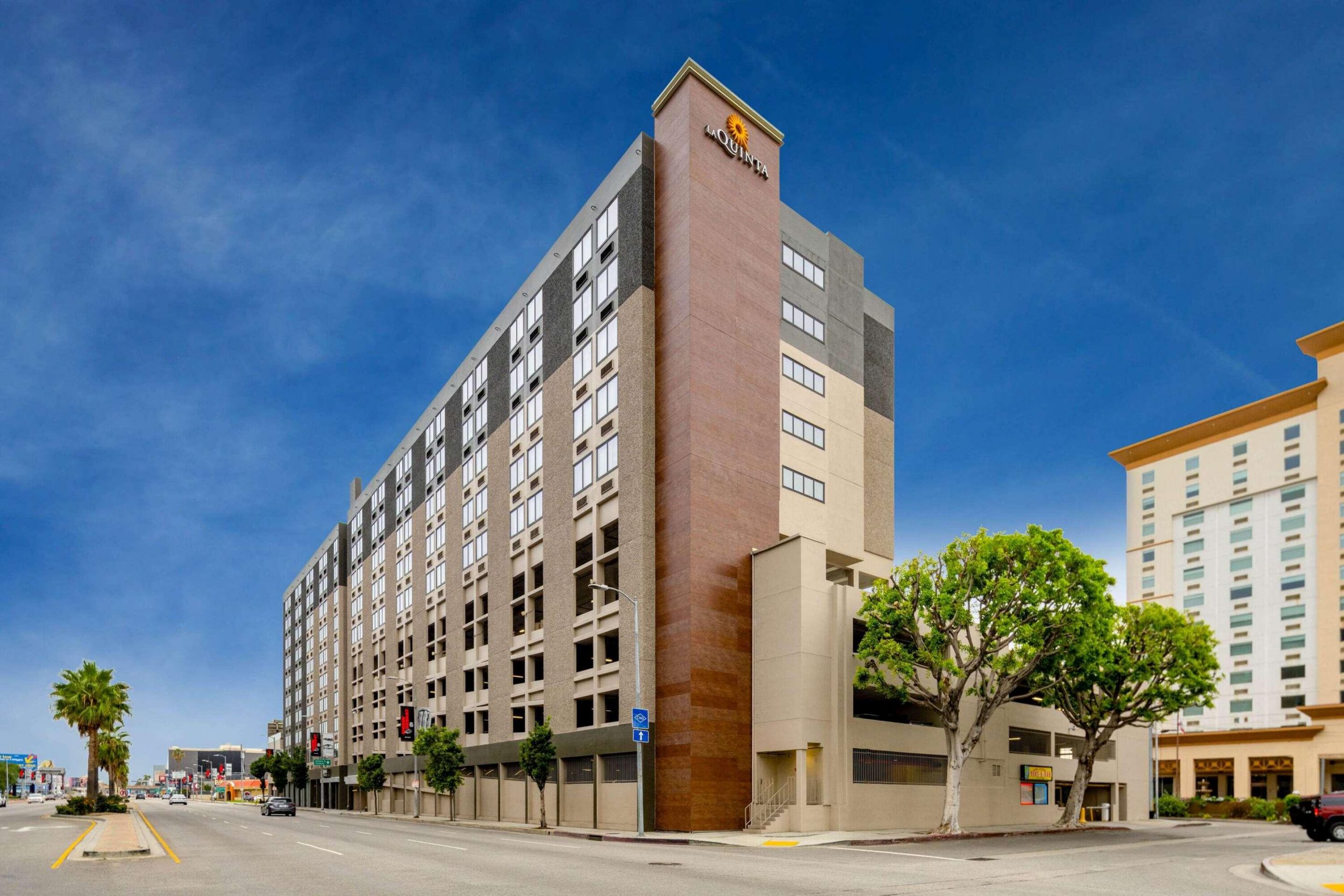
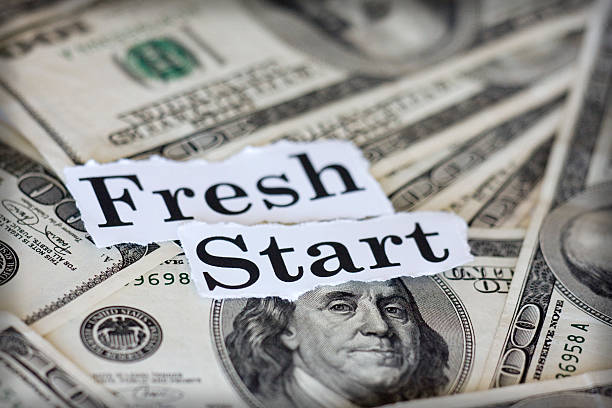
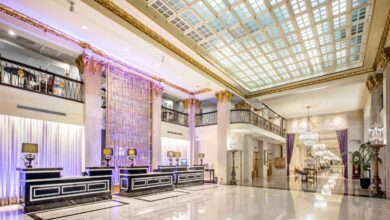
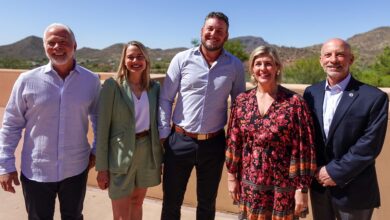
Get involved!
Comments